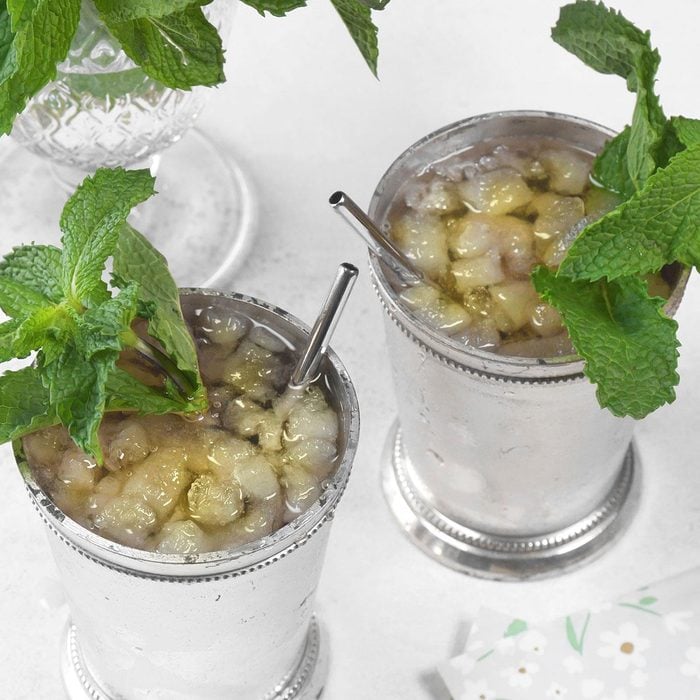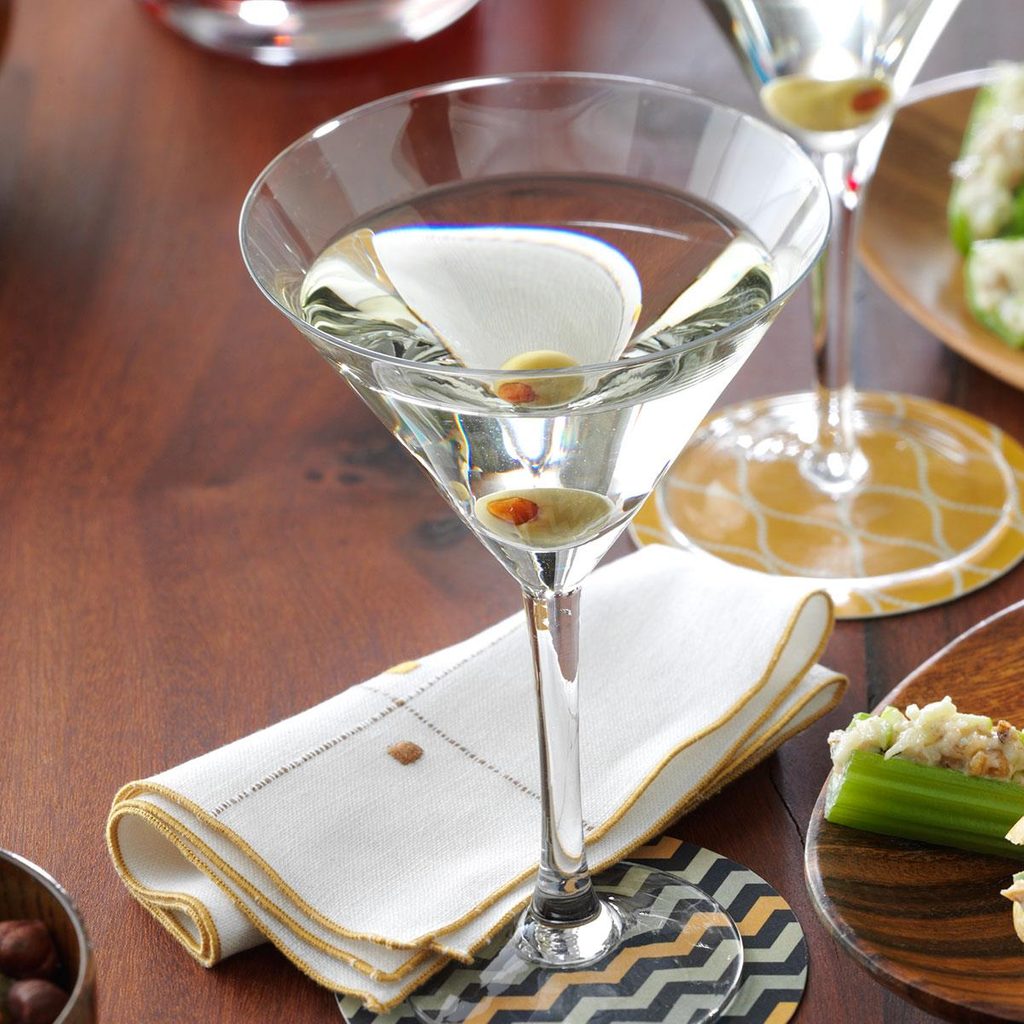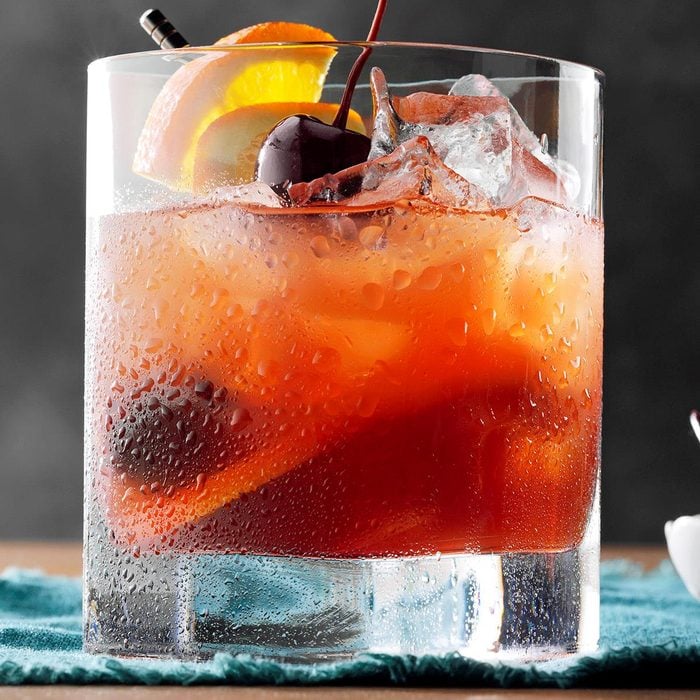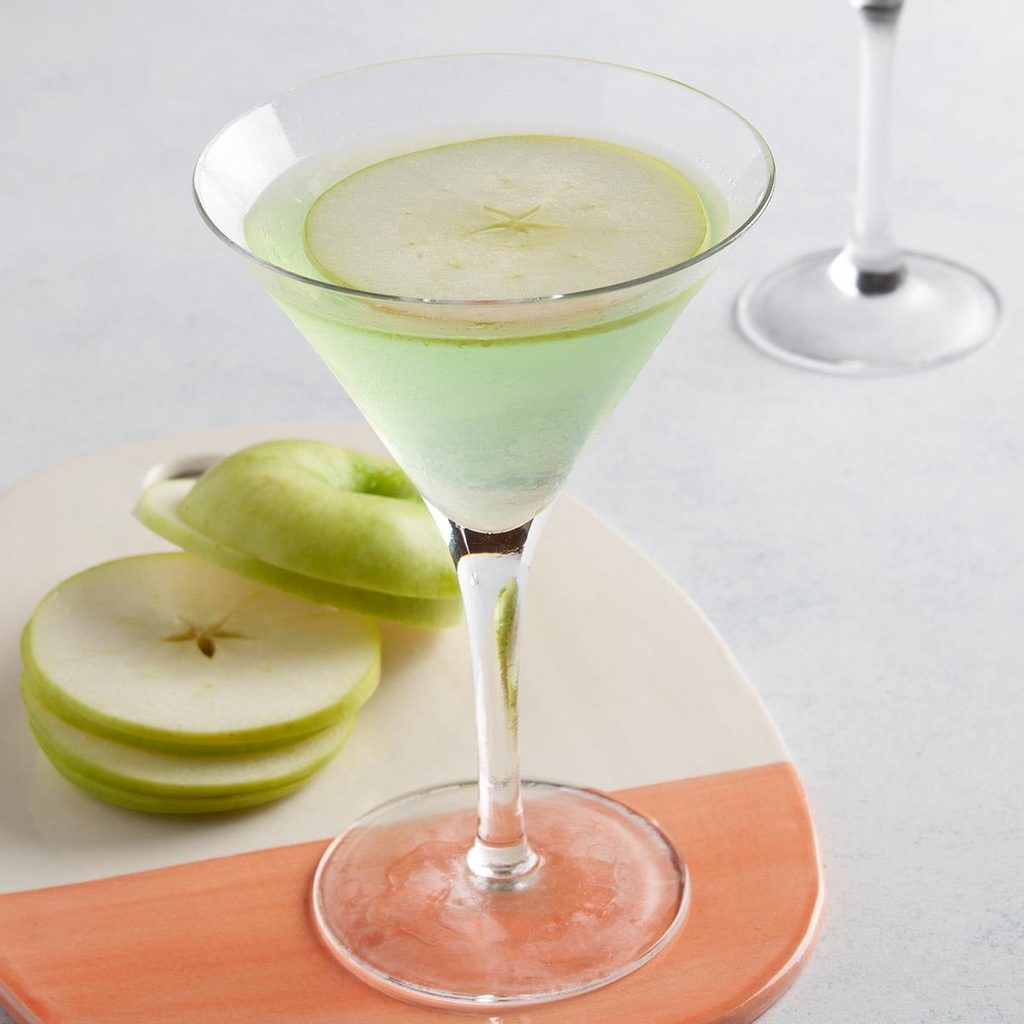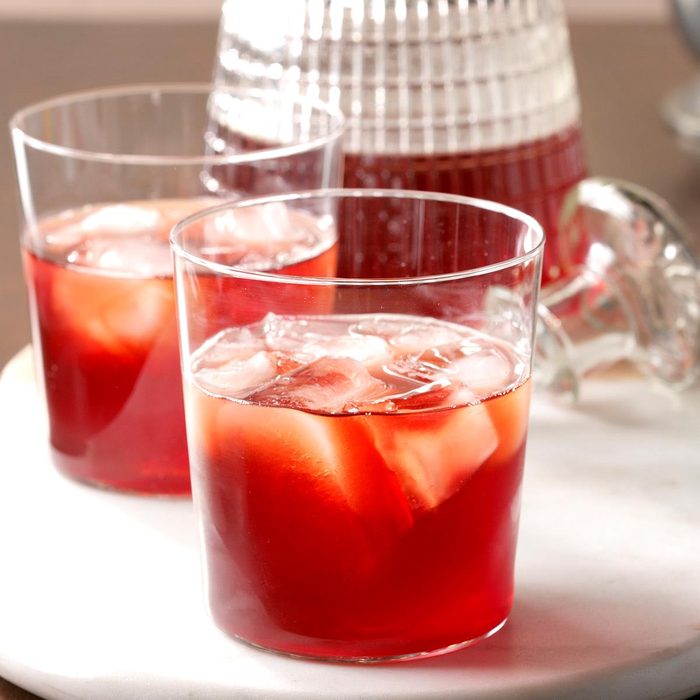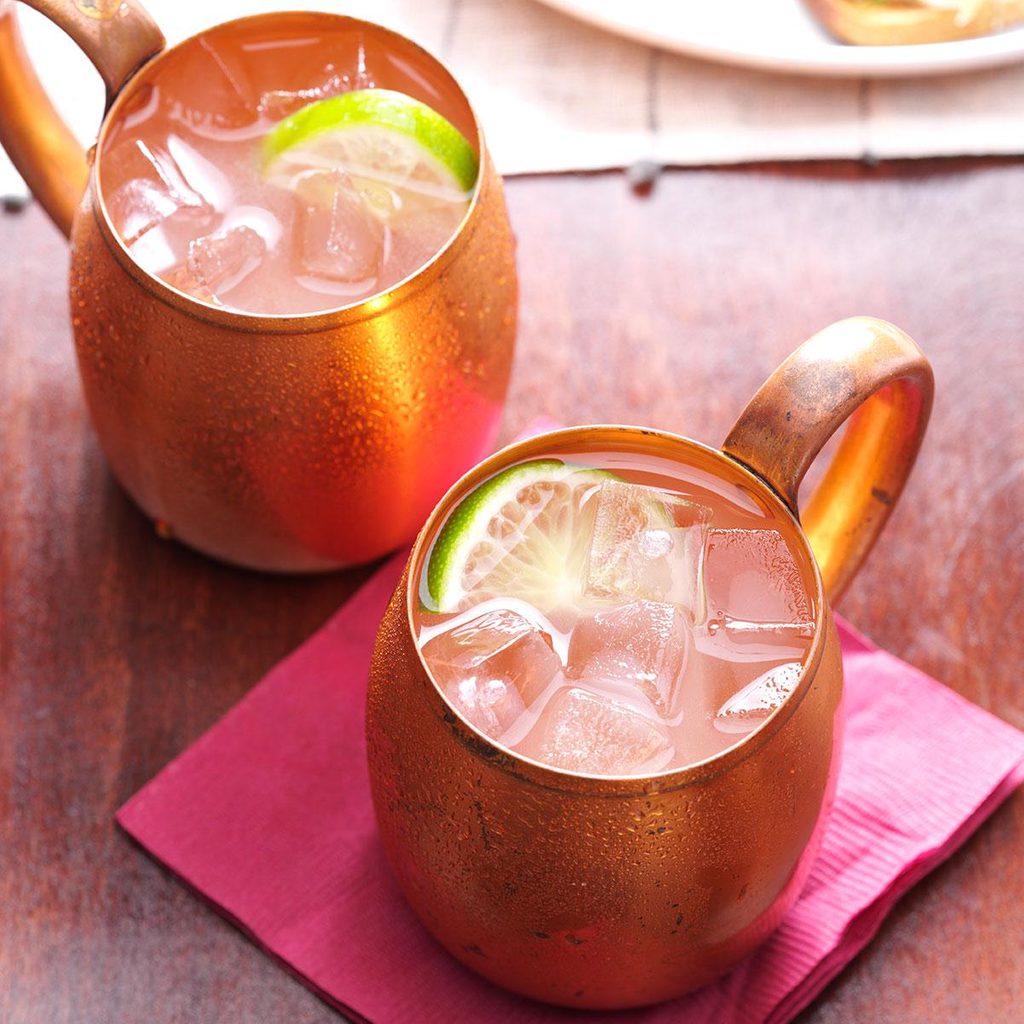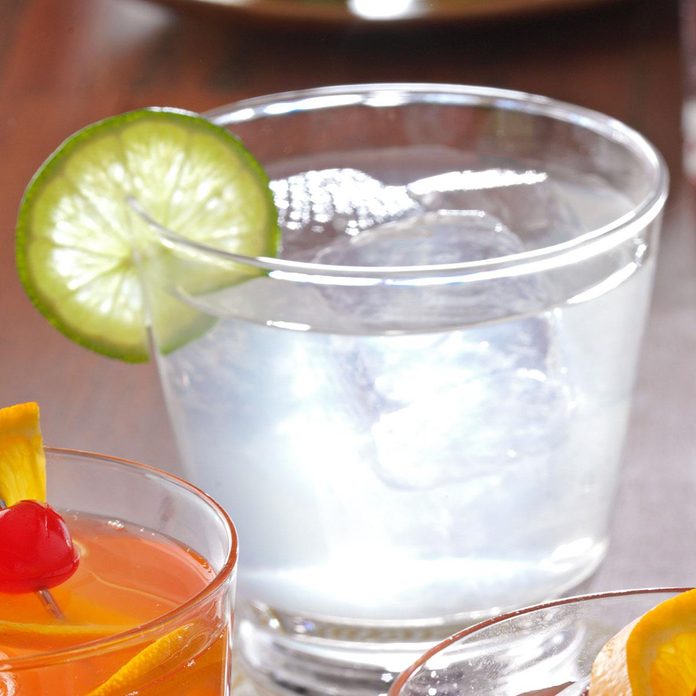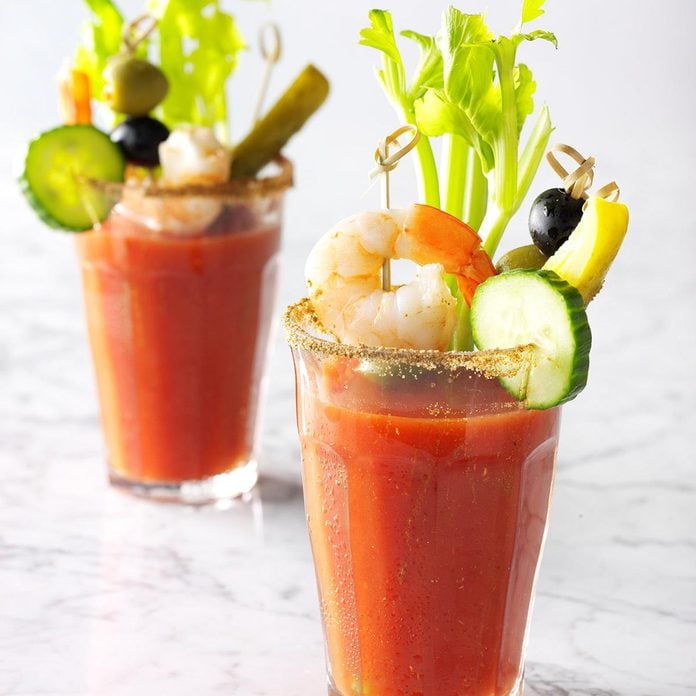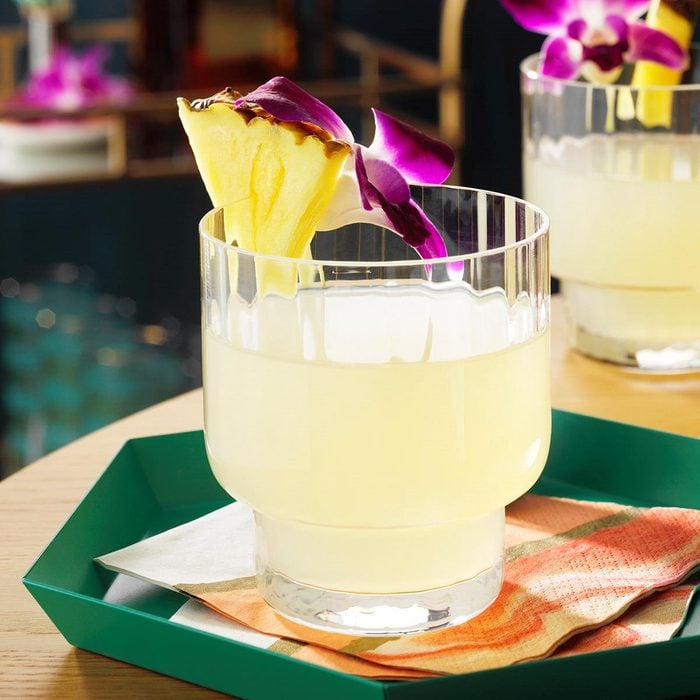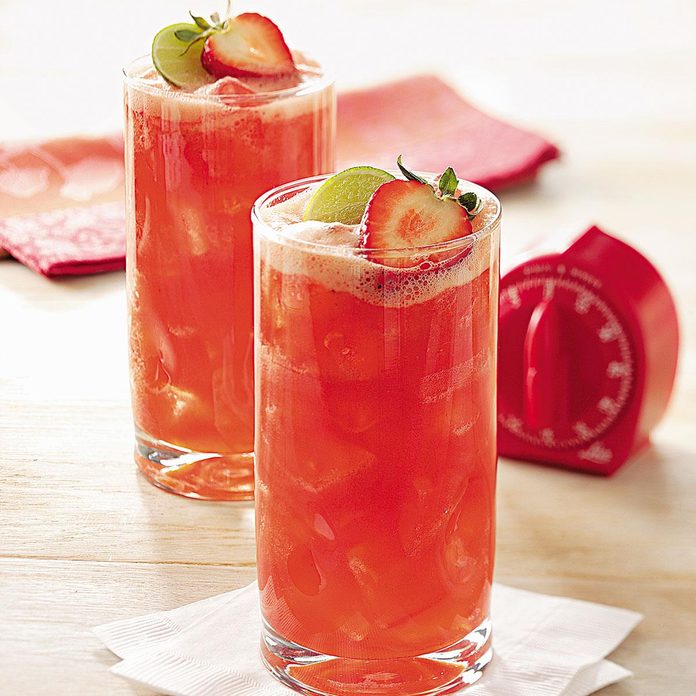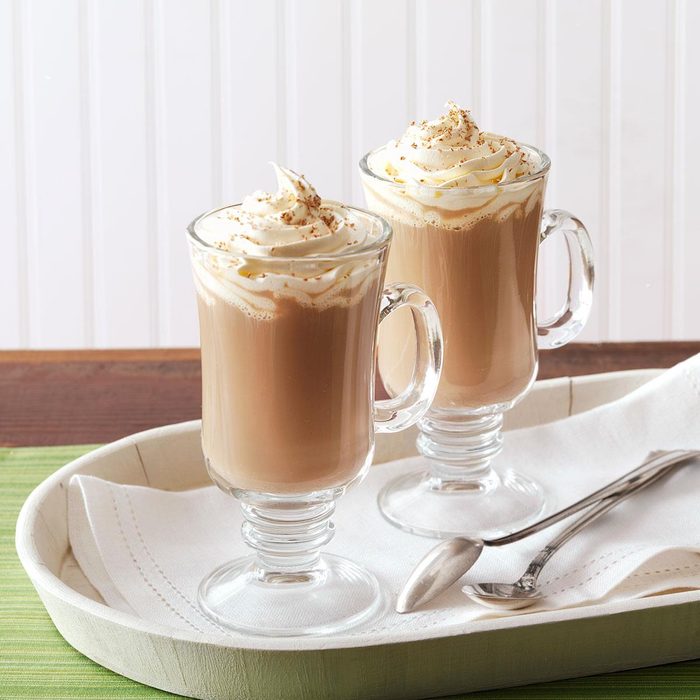What Are Bitters and How Do You Use Them in Cocktails?
Updated: Mar. 25, 2024
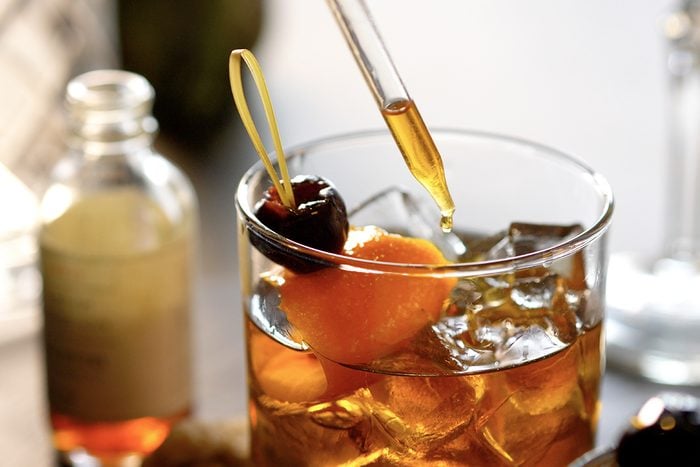
You've probably added a dash to your favorite cocktails, but what are bitters anyway? We've got the answer—plus a recipe for making your own.
Our editors and experts handpick every product we feature. We may earn a commission from your purchases.
If your go-to drink is a Manhattan or old fashioned, you know that aromatic bitters are an essential ingredient. A dash or two adds a certain something to classic cocktails—but do you really know what bitters are?
What Are Bitters?
To answer our bitters questions, we chatted with Ira Koplowitz, founder and proprietor of Bittercube, a bitters producer based in Milwaukee, Wisconsin. Ira says that understanding bitters is simple: “They’re liquid spice.”
He describes the process of making bitters as “taking a high-proof spirit and adding fruit, spices and herbs.” Over the course of weeks, the flavors from the botanicals are imparted until that neutral spirit takes on the taste and scent of the added ingredients.
What Are Bitters Used For?
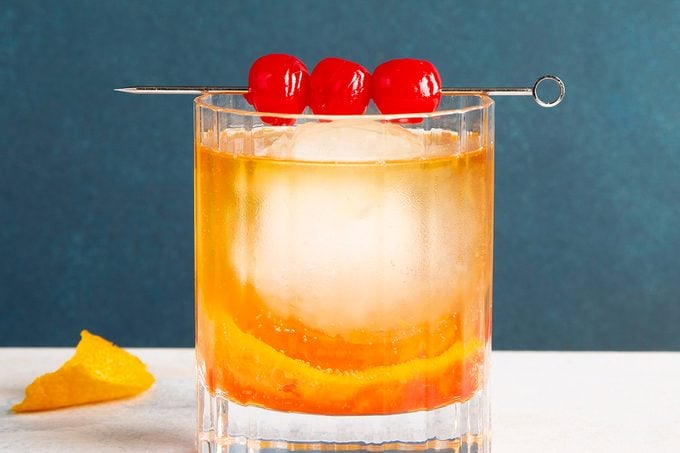
Bitters are most commonly used to give mixed drinks extra flavor. Think of them as one of your bar cart’s secret cocktail ingredients. A dash or two of these aromatics provides complexity to cocktails like a scotch old fashioned.
It’s believed that people have been adding bitters to alcoholic beverages since ancient Egypt. The modern recipe for bitters was reportedly concocted in the early 1800s as medicine for relieving stomach pain. Soon, though, bitters’ aromatic properties were found to be even more useful in cocktails—not just as a digestif.
However, you don’t need to limit your use of these liquid spices to your go-to tipple. Bitters can also be used in baking, cooking and more. In fact, a few drops of bitters added to club soda makes for a satisfying mocktail.
Types of Bitters
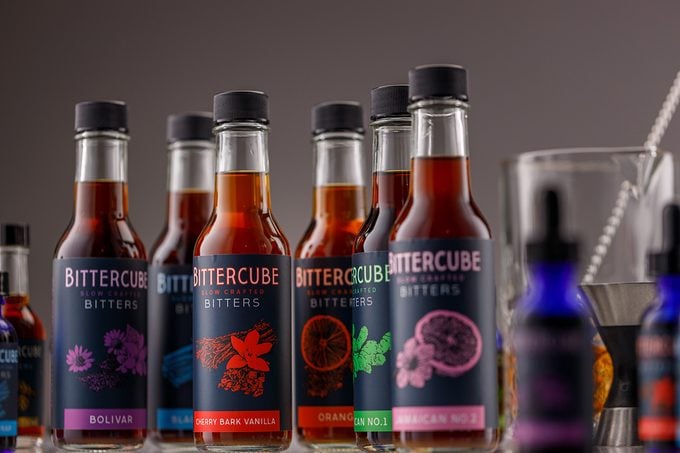
You’re most likely familiar with Angostura bitters, the paper-wrapped bottle that lines many a bar shelf. But there are other bitters options available to customize your drink of choice.
- Angostura bitters: This is the brand most people associate with cocktail bitters. Angostura’s classic aromatic bitters have notes of cinnamon and clove and a more bitter taste overall. These flavors play especially well with spirits like whiskey and brandy—this brand is a must when making your holiday Tom and Jerry.
- Peychaud’s bitters: Fans of the Sazerac know that to make this classic cocktail, you need Peychaud’s. This brand of bitters is sweeter than Angostura with notes of cherry and orange.
- Flavored bitters: There’s more to the world of bitters than the general “aromatic” options. Companies like Bittercube create cocktail bitters with unique flavor profiles that lend themselves well to specific cocktails and ingredients.
How to Make Your Own Bitters
Making your own bitters is a lot like making vanilla extract at home. This process isn’t for everyone—at least not impatient mixologists—but it’s a fun experiment. Here’s how to do it.
Step 1: Gather your ingredients
First, select a liquor that’s at least 100 proof for maximum flavor extraction and preservation. You’ll get the most neutral flavor using grain alcohol or vodka.
Then, round up the plant botanicals that will flavor your bitters. The list of options is nearly endless (from allspice berries to black walnut leaf and wild cherry bark) so we recommend starting with the bark, herbs, roots and spices in a homemade bitters kit like this one.
Step 2: Combine
Combine all the botanicals in an airtight jar with the alcohol. Store the jar in a cool, dark place for up to a month. To help distribute the flavors, you can give the jar a shake every few days. Just be sure to leave the jar sealed.
Step 3: Strain and bottle
Once it’s ready, strain the liquid through a cheesecloth and store the bitters concoction in a new, clean jar or a tincture bottle with a dropper. Keep the bottles in a cool, dark place like your liquor cabinet or pantry.
Now, when you make cocktails at home, just add one to three drops of bitters for a more complex flavor profile. Cheers!


